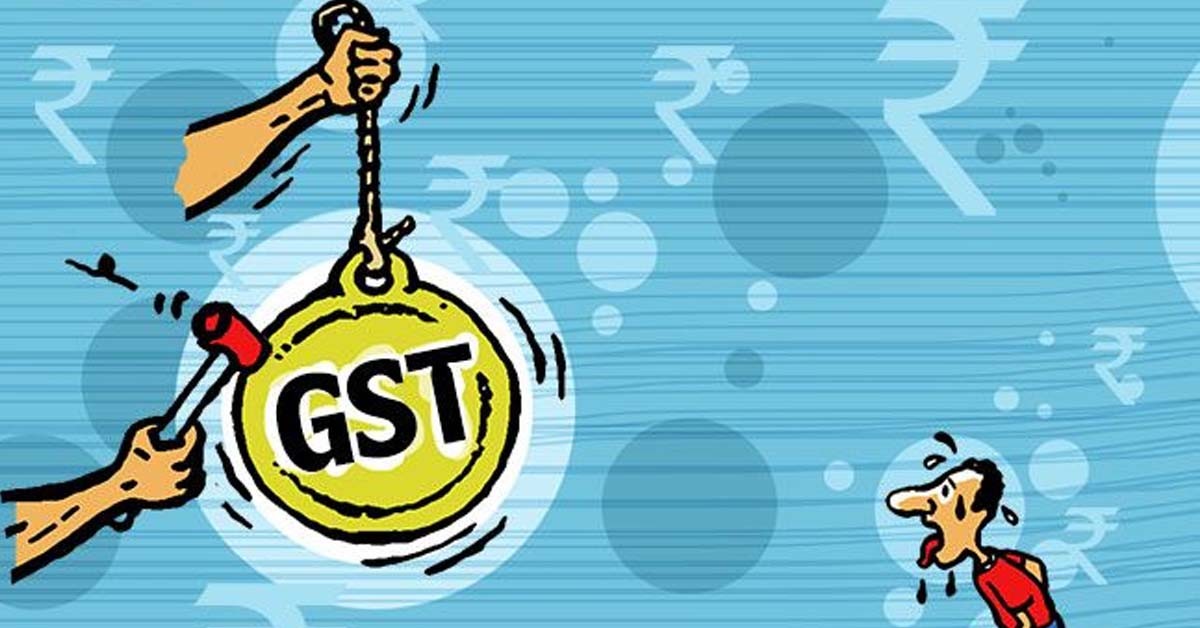In the intricate web of tax regulations and compliance under the Indian Goods and Services Tax (GST) system, receiving a Show Cause Notice (SCN) can be a daunting experience for taxpayers. However, with the right approach and understanding, one can adeptly navigate through this process. This article delves deep into the critical points that taxpayers and professionals must consider while dealing with SCNs under the GST regime.
Understanding the Timeline: Date of Notice vs. Date of Receipt
A fundamental aspect to note is the distinction between the date of the notice and the date of its receipt. It's crucial to acknowledge the SCN promptly, ensuring the acknowledgment copy is duly dated and timed. This distinction is vital for any potential legal proceedings or deadlines for response.

The Imperative of Acknowledgment
Avoidance is not a strategy when it comes to SCNs. Ignoring or not accepting an SCN does not negate its validity. On the contrary, non-receipt is deemed as served in the eyes of the law. Therefore, it's imperative to receive and then strategize a response or contestation.
Time-Barred Notices
Not all notices are timely. If the service of notice is beyond the statutory period, it can be contested with appropriate evidence. This could significantly affect the outcome and the approach towards handling the SCN.
The Critical One-Year Mark
SCNs issued beyond a year from the relevant transaction or event necessitate a robust defense proving the absence of any suppression or misconduct. The tax authorities are empowered to extend the scrutiny up to five years in cases of suppression, making the defense against such allegations crucial.
Preemptive Tax Payment
In instances where a tax liability is anticipated, preemptively settling the dues before the issuance of an SCN can prevent its issuance. This proactive approach can save considerable time and resources for both the taxpayer and the authorities.
Right to a Fair Hearing
The issuance of an SCN, particularly when it aims to increase liability or reduce refunds, mandates the provision of an opportunity for the assessee to be heard. This fundamental right ensures fairness and transparency in the process.
Contesting SCN on Various Grounds
The validity and legality of an SCN can be challenged on factual, temporal, or jurisdictional grounds. Such challenges can be a critical part of the defense strategy, potentially negating the SCN's basis.
Written Notice Requirement
It's important to note that all SCNs are issued in writing. Any verbal communication does not constitute a valid SCN under the GST framework.
Specificity and Clarity
A valid SCN must explicitly state the amount demanded and any proposed penalty. Additionally, it should be specific to a particular period, ensuring clarity and precision in the demand.
Limitation of Scope
Tax authorities cannot adjudicate beyond the scope of what is mentioned in the SCN. This limitation protects taxpayers from unwarranted expansions of inquiries or demands.
Timely and Comprehensive Responses
Responding to an SCN within the stipulated timeframe is non-negotiable. Moreover, responses should be comprehensive, addressing all points raised, and supported by documentary evidence and relevant case laws.
Leveraging Personal Hearings
Even after submitting a detailed response, seeking a personal hearing offers an opportunity to further clarify or amend responses, showcasing the importance of direct communication in resolving disputes.
Exploring Alternative Reliefs
Even if a penalty is levied or a demand is confirmed, there are avenues for relief based on reasonable cause or procedural lapses, highlighting the nuanced defenses available under the GST law.
The Avenue of Appeals
Decisions issued post-SCN are not final and can be appealed. This appellate process is a critical component of the legal framework, providing a mechanism for review and correction of decisions.
Professional Representation
Given the complexities involved, engaging a professional for drafting responses and representation can provide a strategic advantage and ensure compliance with procedural requirements.
Conclusion
Dealing with SCNs under the GST regime requires a blend of prompt action, strategic planning, and thorough understanding of the legal provisions. By paying heed to the aforementioned points, taxpayers can effectively navigate through the challenges posed by SCNs, ensuring compliance while safeguarding their interests. Remember, the approach towards handling an SCN can significantly influence the outcome, making it imperative to approach this process with diligence and expertise.








 CAclubindia
CAclubindia

